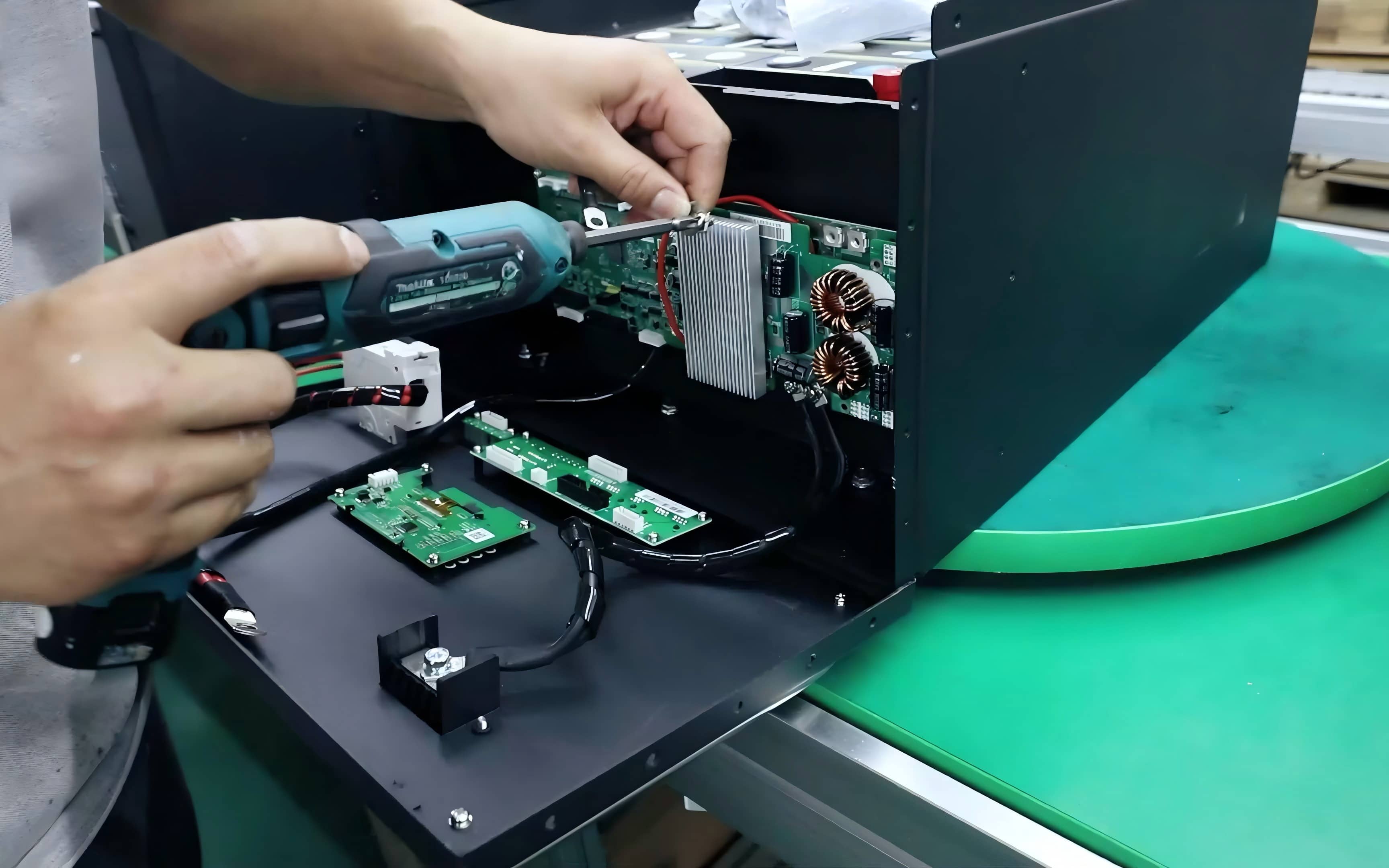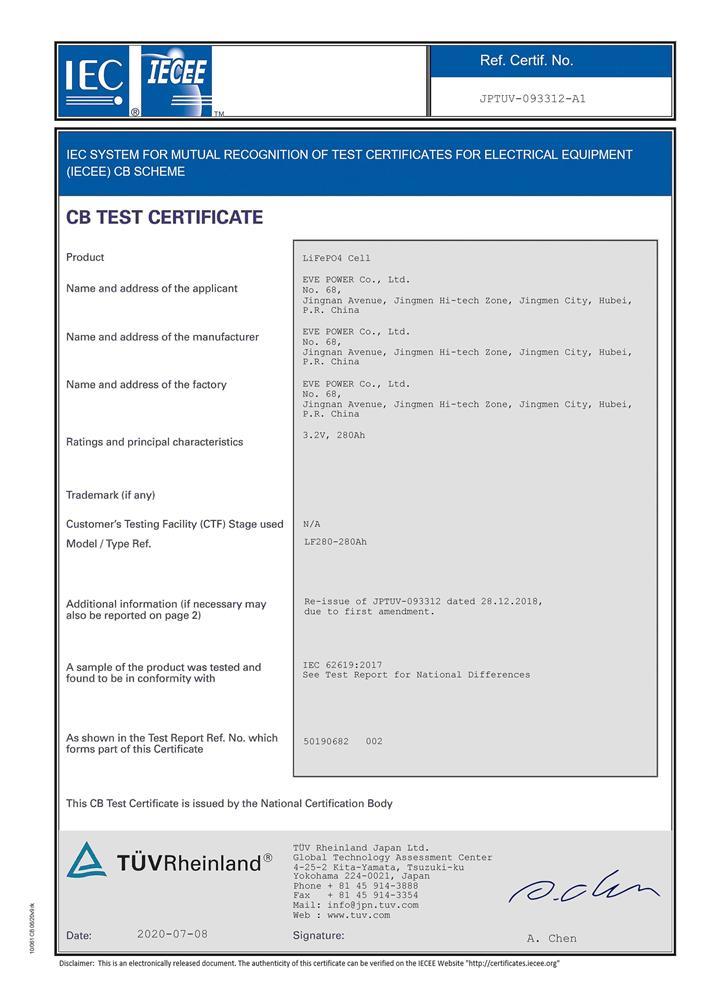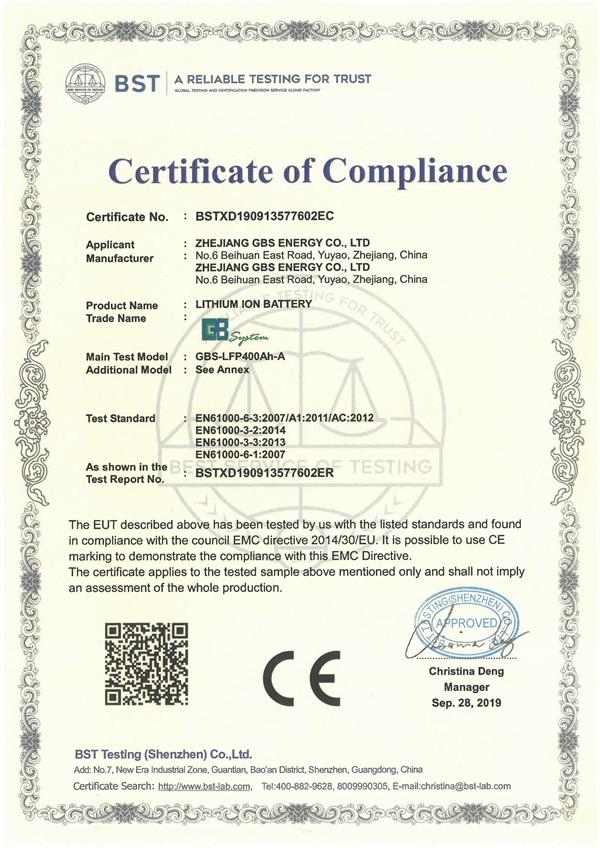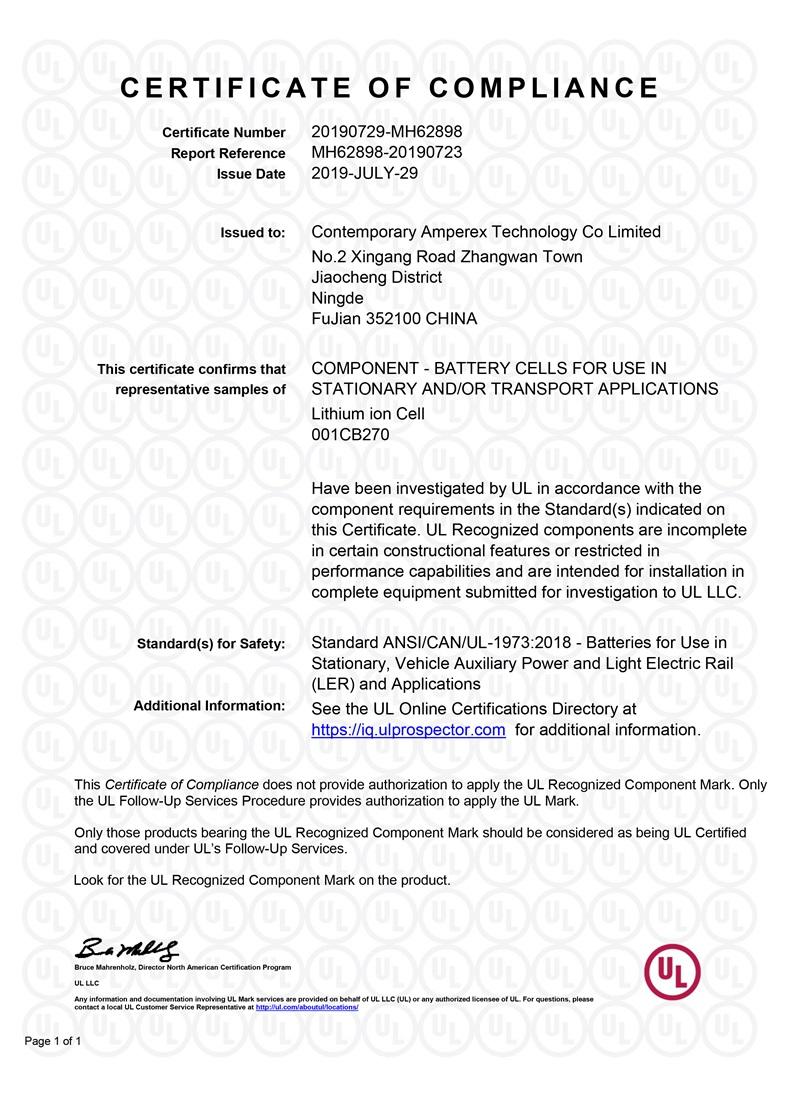Blog
What is a Good BMS for LiFePO4 Battery Packs?
2025-06-03 | Calvin

If you're exploring the best Battery Management System (BMS) for your LiFePO4 battery pack, you're in the right place. A BMS is crucial for protecting your battery investment, ensuring safety, and maximizing performance. Let’s dive into what makes a great BMS and how it can benefit your LiFePO4 battery system.
What is a BMS?
A Battery Management System (BMS) is an essential component for LiFePO4 batteries. Lithium-ion cells, including LiFePO4, are sensitive to over-voltage, under-voltage, and over-current conditions. Prolonged exposure to these conditions can lead to capacity degradation, battery damage, or even fire hazards.
The primary role of a BMS is to protect the battery cells by ensuring they operate within safe voltage, current, and temperature ranges. Beyond protection, a good BMS can also offer additional functionalities to enhance battery performance and longevity.
Core Functions of a BMS
The fundamental purpose of a BMS is to safeguard the battery cells. A basic BMS, often referred to as a Protection Circuit Board (PCB), focuses on this core function. Here are the key protection mechanisms a BMS provides:
1. Over-Voltage Protection
Cell Over-Voltage Protection:
- Trigger voltage: 3.65V
- Release voltage: 3.55V
- Delay time: 2 seconds
When charging, if any cell reaches 3.65V, the BMS disconnects the charge circuit. Once the voltage drops to 3.55V, the circuit is restored after a 2-second delay. For added safety, consider setting the over-voltage threshold to 3.60V to avoid fully charging the battery, as 100% SOC (State of Charge) can be less stable.
Pack Over-Voltage Protection:
- Trigger voltage: 14.60V (for a 12.8V battery pack)
- Release voltage: 14.20V
- Delay time: 2 seconds
Similar to cell over-voltage protection, the BMS disconnects the charge circuit when the total pack voltage hits 14.60V and restores it once the voltage drops to 14.20V.
Hardware Over-Voltage Protection:
- Trigger voltage: 3.9V
- Delay time: 2 seconds
This serves as the last line of defense against over-voltage conditions.
2. Under-Voltage Protection
Cell Under-Voltage Protection:
- Trigger voltage: 2.5V
- Release voltage: 2.7V
- Delay time: 2 seconds
During discharge, if any cell drops to 2.5V, the BMS cuts off the discharge circuit. The circuit is restored when the voltage rises above 2.7V after a 2-second delay.
Pack Under-Voltage Protection:
- Trigger voltage: 10V (for a 12.8V battery pack)
- Release voltage: 10.80V
- Delay time: 2 seconds
Hardware Under-Voltage Protection:
- Trigger voltage: 2.0V
- Delay time: 16 seconds
3. Over-Current Protection
Software (1st Grade) Over-Current Protection:
- Charge over-current: 0.5C (e.g., 50A for a 12.8V 100Ah battery)
- Discharge over-current: 1C (e.g., 100A for a 12.8V 100Ah battery)
- Release time: 30 seconds
- Delay time: 10 seconds
Hardware (2nd Grade) Over-Current Protection:
- Trigger current: 200A (varies by BMS model)
- Delay time: 160 milliseconds
Short-Circuit (3rd Grade) Protection:
- Trigger current: 1000A
- Delay time: 40 microseconds
Most BMS components can withstand up to 2600A before failing.
Key Components of a BMS
A BMS consists of several critical components that work together to ensure optimal battery performance:
1. MCU (Microcontroller Unit)
The MCU acts as the "brain" of the BMS, collecting data such as voltage, current, and temperature, and sending commands to control the circuit.
2. MOSFET
MOSFETs control the opening and closing of the circuit. Their ability to withstand voltage and current is crucial for reliable operation.
3. Current Sensor
This component measures the current flowing through the battery, providing essential data for over-current protection.
Temperature Protection
Temperature sensors (NTC) monitor the battery's temperature and relay this information to the MCU. The BMS can then activate or deactivate the circuit based on predefined thresholds:
- Charge High-Temperature Protection: 75°C (release at 55°C, 2-second delay)
- Charge Low-Temperature Protection: 0°C (release at 5°C, 2-second delay)
- Discharge High-Temperature Protection: 75°C (release at 55°C, 2-second delay)
- Discharge Low-Temperature Protection: -10°C (release at 0°C, 2-second delay)
Smart BMS Features
Advanced BMS systems offer additional features to enhance battery performance and longevity:
Cell Balancing
Cell balancing ensures that all cells in the battery pack operate under similar conditions, extending the overall lifespan. There are two types:
- Active Balancing: Transfers energy between cells without generating heat, with balancing currents up to 10A.
- Passive Balancing: Uses resistors to dissipate excess energy from high-voltage cells, generating heat but requiring less space.
Communication Modules
Communication modules allow the BMS to interact with external devices, such as inverters or monitoring systems. Common interfaces include RS232, RS485, CAN, and UART.
Bluetooth Connectivity
Bluetooth-enabled BMS systems allow users to monitor battery data (e.g., SOC, voltage, current) and adjust settings via a smartphone app.
Self-Heating Module
In cold environments, the self-heating module warms the battery to ensure safe charging. Charging resumes once the temperature reaches 5°C.
GPS Module
Some BMS systems include GPS for real-time location tracking and remote monitoring of battery status.
Conclusion
Choosing the right BMS for your LiFePO4 battery pack is crucial for ensuring safety, performance, and longevity. A good BMS not only protects against over-voltage, under-voltage, and over-current conditions but also offers advanced features like cell balancing, temperature management, and remote monitoring. Whether you're a DIY enthusiast or managing a large-scale energy system, investing in a high-quality BMS will pay off in the long run by maximizing your battery's lifespan and efficiency.
- Next:Choosing the Right Battery for Your Electric Wheelchair: A Complete Guide
- Previous:How to Properly Charge LiFePO4 Batteries: A Complete Guide
Contact Details
Lithium LiFePO4 Batteries and Lithium LiFePO4 Cells Supplier - LiFePO4 Battery Shop
Contact Person: Miss. Elena Wang
WhatsApp : +8615263269227
Skype : +8615263269227
WeChat :15263269227
Email : info@lifepo4batteryshop.com
All Products
- CALB Battery (0)
- Cylindrical Cell (1)
- Energy Storage System (0)
- Battery Management System (0)
- Sodium ion Battery Cell (0)
- Lithium Titanate Battery (0)
- Ternary Lithium Battery Cell (0)
- REPT Battery (2)
- BYD Battery (2)
- CATL Battery (1)
- Thunder Sky Winston Battery (0)
- EVE Battery (9)
- LiFePO4 Battery Cell (2)
Certification
Customer Reviews
- I have fond memories of our meeting in Shanghai with LiFePO4 Battery Shop Elena. Your company left a strong impression on me with its impressive growth and professionalism. We both value straightforwardness and honesty, which I believe are the most important qualities in any partnership. I am confident that we can build a successful collaboration based on these shared values. —— Robert from USA
- I've been working with LiFePO4 Battery Shop for years, and their reliability is unmatched. While other suppliers frequently change sales teams, LiFePO4 Battery Shop has consistently provided exceptional service with a stable team. Their commitment to quality and customer support truly sets them apart. —— Henry from Australia



